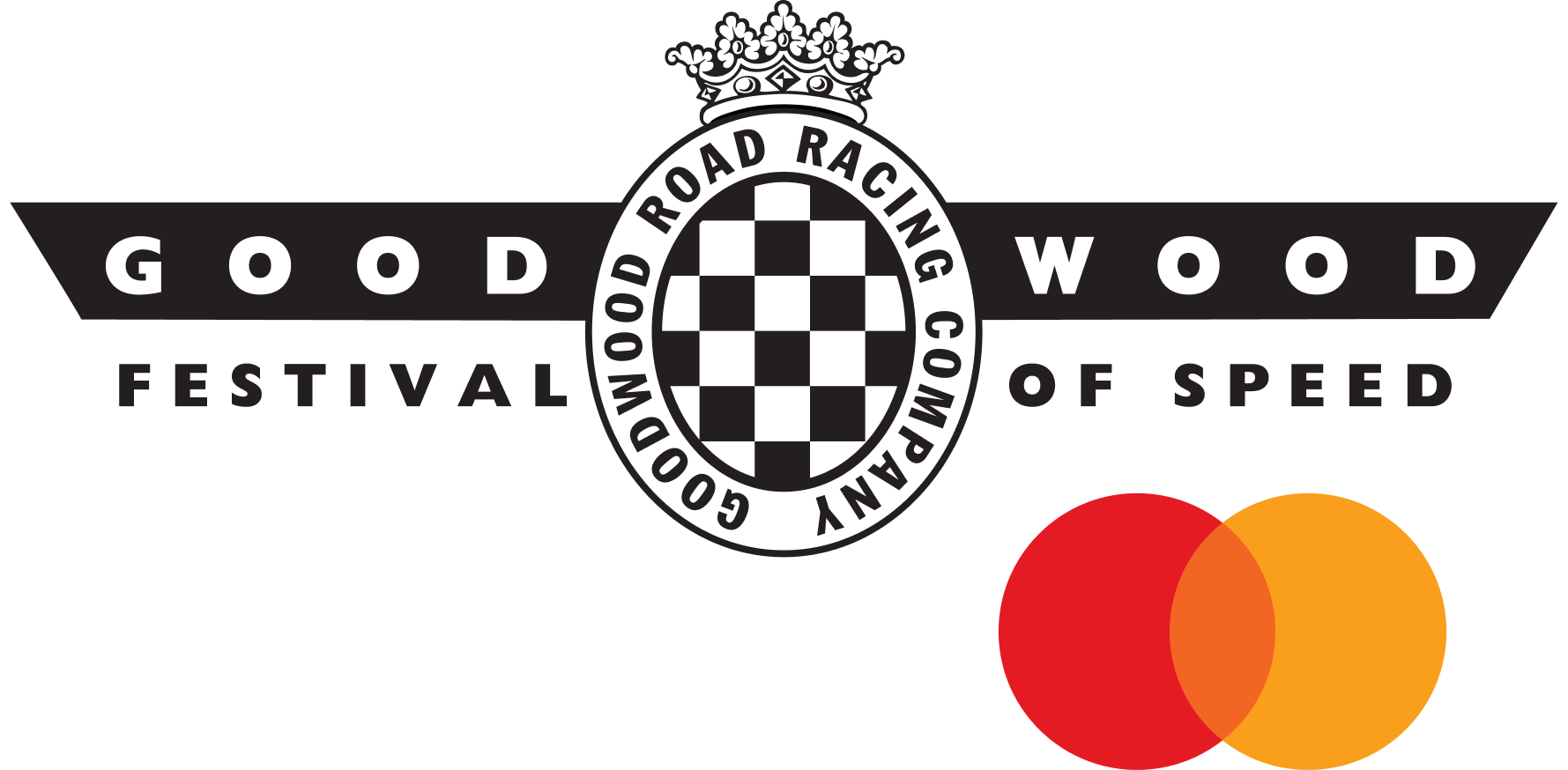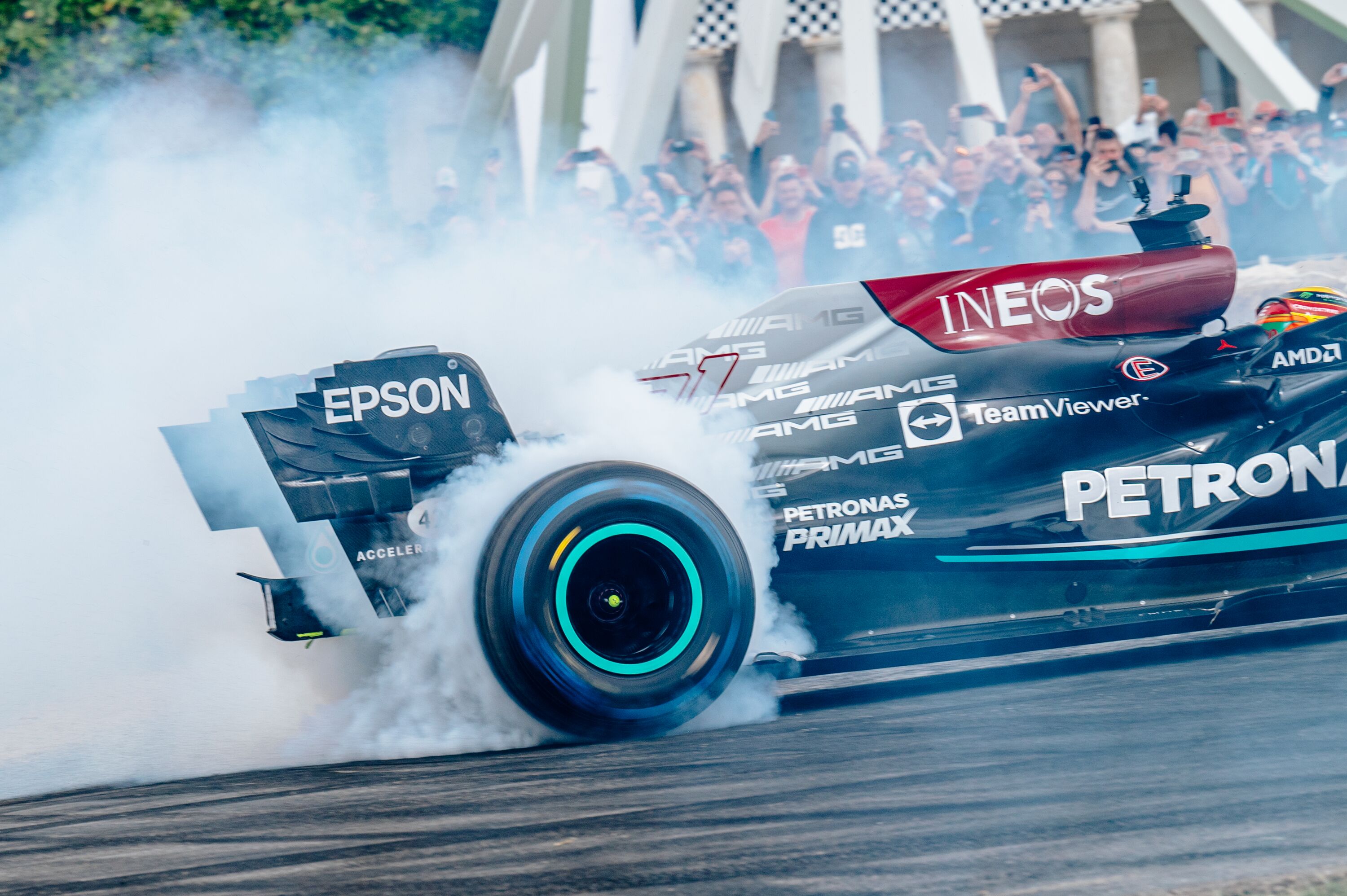How to run Formula 1 in a pandemic
It is fair to suggest that behind the scenes, there was a period of time this year that arguably proved to be the most challenging in Formula 1 history.

Following the cancellation of the Australian Grand Prix, when F1 was derided for attempting to fly in the face of a global pandemic and put on an event while the rest of the world was entering into lockdown, the sport has worked tirelessly to rebuild its reputation.
Five races into this season, F1 can again be lauded for putting on a spectacle, even if it is eerily in front of empty grandstands. The sight of a bare Silverstone across the last two weekends has been strangely disquieting.
Yet despite the threat of COVID-19 constantly lurking in the background, F1 has again proven itself to be a pioneer, shaking off the shackles of its embarrassment in Melbourne to deliver races and drama in as safe a setting as possible.
"When we left Australia at the beginning of the year in March, we were obviously entering into a massive unknown and none of us knew where we would go or what was needed to be done," said Ross Brawn, F1's managing director, motorsports.
"I think we came back and started to understand the situation and the implications of everything that was going on, and I think we recognised we have a sport that's loved by millions of fans all around the world. We also have a sport that thousands of people rely on for their living.
"So we had those challenges, considerations, thoughts. Fortunately, Formula 1 is the sort of industry that thrives on logistics, thrives on organisational challenges, and thrives on complex problems.
"So once we started to put our heads together with the FIA, the teams and the various groups, other stakeholders in Formula One, we began to see a way we would be able to operate."

F1 delivered what Brawn has described as "a biosphere environment" for 2,000 people per event, involving rigorous testing, social distancing, the wearing of PPE, and the application of its 'bubble' protocols.
The 10 teams are restricted to just 80 members of staff each race, a 60 per cent cut compared to a normal grand prix weekend. With the Mercedes bubble, for example, there are 24 sub-bubbles of between one person up to five people. Valtteri Bottas' bubble incorporates himself, his girlfriend and physio.
"We've managed to approach this by isolating everyone in individual bubbles, so the media has its bubble, the broadcaster has its bubble, while each team is split into several bubbles, so if a team member does become infected, it doesn't take the whole team down with them," added Brawn.
"Whilst you may see a lot of activity going on in the garage, it's actually split up into a minimum of two bubbles on each car, and some individual bubbles as well supporting in each team."

There have only been three reported cases so far, the initial two involving people not associated with a team, but with the third the most high-profile in Racing Point driver Sergio Perez who contracted coronavirus following a trip to Mexico following the Hungarian Grand Prix to visit his mother who had just been released from hospital after being involved in an accident.
Perez insisted he took all the precautions he was mandated to do, flying to and from Mexico privately, so avoiding commercial travel. Despite contracting COVID-19, the fellow members of his bubble in his PA and physio managed to avoid doing so.
Overall, Brawn could not be happier with how the first few races have evolved, believing it to be a testimony to the hard work and resilience of all involved.
"Formula One is a massive logistical exercise in normal times, so for everyone involved this has been a new challenge, but one which they are used to, so it suits the mindset of the average person in Formula 1, this military approach," remarked Brawn.
"But we recognised it's a very important challenge we are meeting. We can't risk people's health and safety. There is a risk in everything we do in life, but we don't need unnecessary risk.
"So it's been very challenging, but in a way, getting these first few races done has also been very rewarding."

Brawn has likened the work involved by his staff to that of when he was accustomed to running a Formula 1 team.
"In my past environment, it was very much working as a team, and I've got a great team at Formula 1 that quietly functions," said Brawn.
"With this challenge, everybody had to step up to the plate, and I saw them work as I would expect a top Formula 1 team to work, in terms of their commitment.
"This new challenge enabled them all to demonstrate they've got that grit and determination to make it happen.
"While one would not wish this to have happened, in some ways it's been a great challenge to meet, and that's the nature of people in Formula 1 - they love meeting challenges. It's not one we wanted, but we've met it and found solutions, which is in itself rewarding."

The next major hurdle for Brawn and his team is the re-introduction of fans to circuits. At present, the first five events have all been behind closed doors, as will the next three. From the ninth round at Mugello onwards, there remains an uncertainty.
"The fans in a way fall much more into the promoters' remit, but we can't allow events to happen that we feel are not safe for the fans, so we need to work very closely with the promoters," said Brawn.
"There are several aspects - fans in the grandstands, fans in the Paddock Club who we entertain with special VIP treatment, there are sponsors and partners who want to attend races, there are dignitaries who want to attend.
"All of that will be a very gradual process, we won't rush into any of that. It's got to be done in a way that everyone can be comfortable with.
"Certainly there will be some races this year where we won't have fans, and there may be other races even further than that [into next year] where we don't have fans.
"It's not going to be a constant increase in fan numbers because each country has different needs and demands. There might be some countries where there will be just domestic fans, for instance.
"All I can hope for now is we can see races later in the year with fans."
While Brawn concedes the fans "are missed, and we want them back", their absence has been a price to pay for the fact we have Formula 1 back in our lives again.
Images courtesy of Motorsport Images.
Formula 1
F1 2020
2020
Interview
Ross Brawn































































